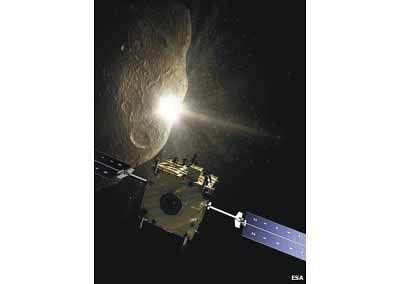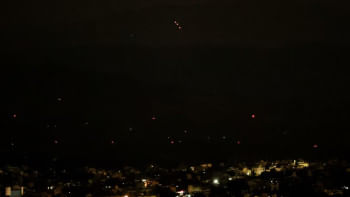<i>NEOShield to assess Earth defence</i>

NEOShield is a new international project that will assess the threat posed by Near Earth Objects (NEO) and look at the best possible solutions for dealing with a big asteroid or comet on a collision path with our planet.
The effort is being led from the German space agency's (DLR) Institute of Planetary Research in Berlin, and had its kick-off meeting this week.
It will draw on expertise from across Europe, Russia and the US.
It's a major EU-funded initiative that will pull together all the latest science, initiate a fair few laboratory experiments and new modelling work, and then try to come to some definitive positions.
Industrial partners, which include the German, British and French divisions of the big Astrium space company, will consider the engineering architecture required to deflect one of these bodies out of our path.
Should we kick it, try to tug it, or even blast it off its trajectory?
"We're going to collate all the scientific information with a view to mitigation," explains project leader Prof Alan Harris at DLR.
"What do you need to know about an asteroid in order to be able to change its course - to deflect it from a catastrophic course with the Earth?"
It's likely that NEOShield will, at the end of its three-and-a-half-year study period, propose to the politicians that they launch a mission to demonstrate the necessary technology.
The NEO threat may seem rather distant, but the geological and observational records tell us it is real.
The European Space Agency designed - but never launched - the Don Quijote mission
On average, an object about the size of car will enter the Earth's atmosphere once a year, producing a spectacular fireball in the sky.
About every 2,000 years or so, an object the size of a football field will impact the Earth, causing significant local damage.

 For all latest news, follow The Daily Star's Google News channel.
For all latest news, follow The Daily Star's Google News channel. 



Comments